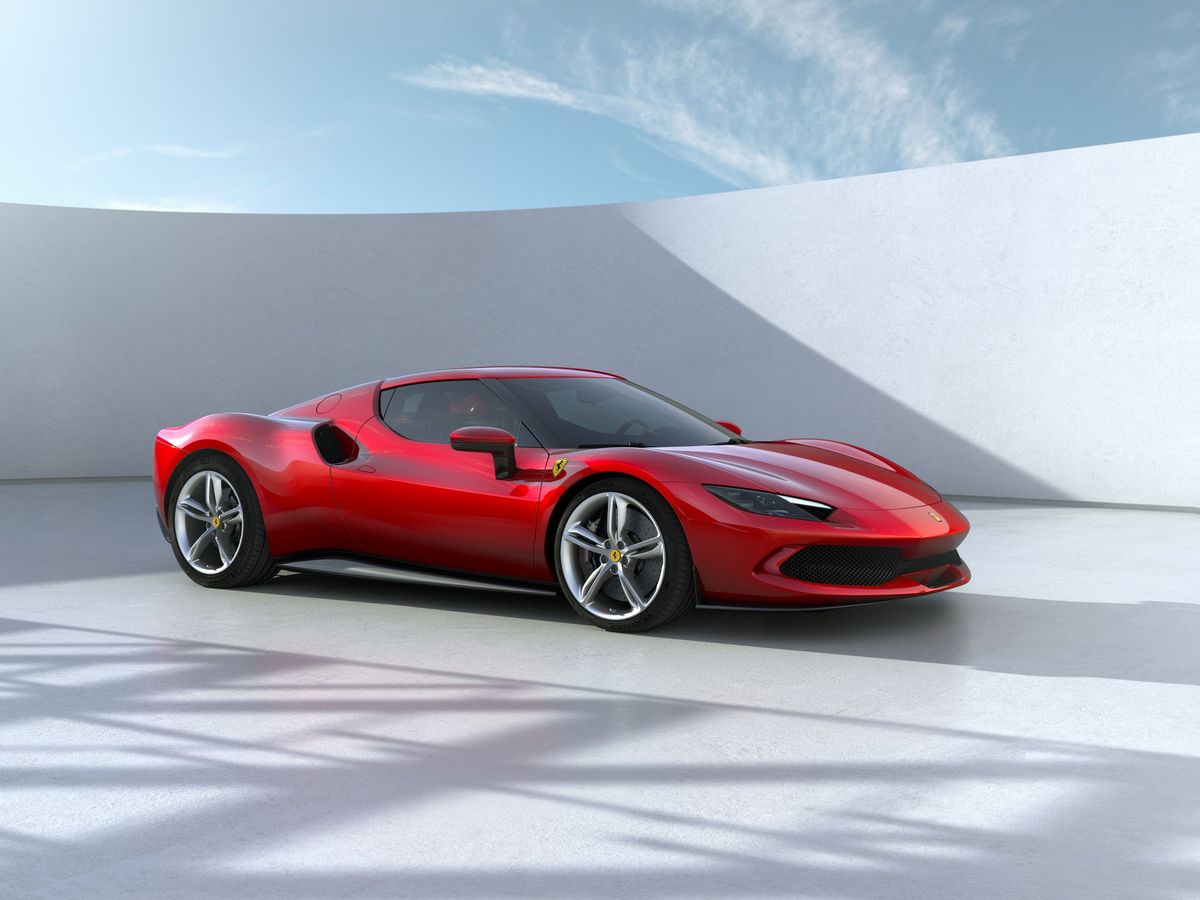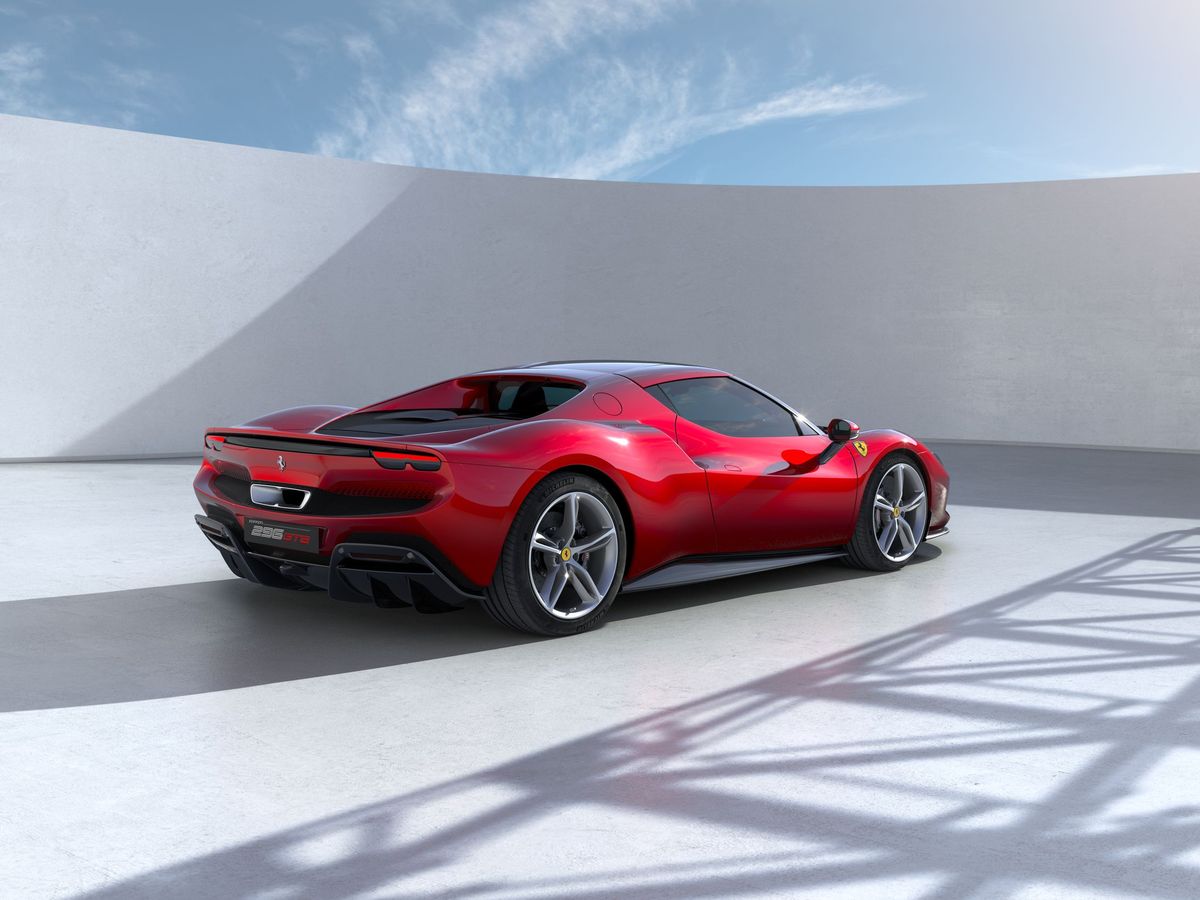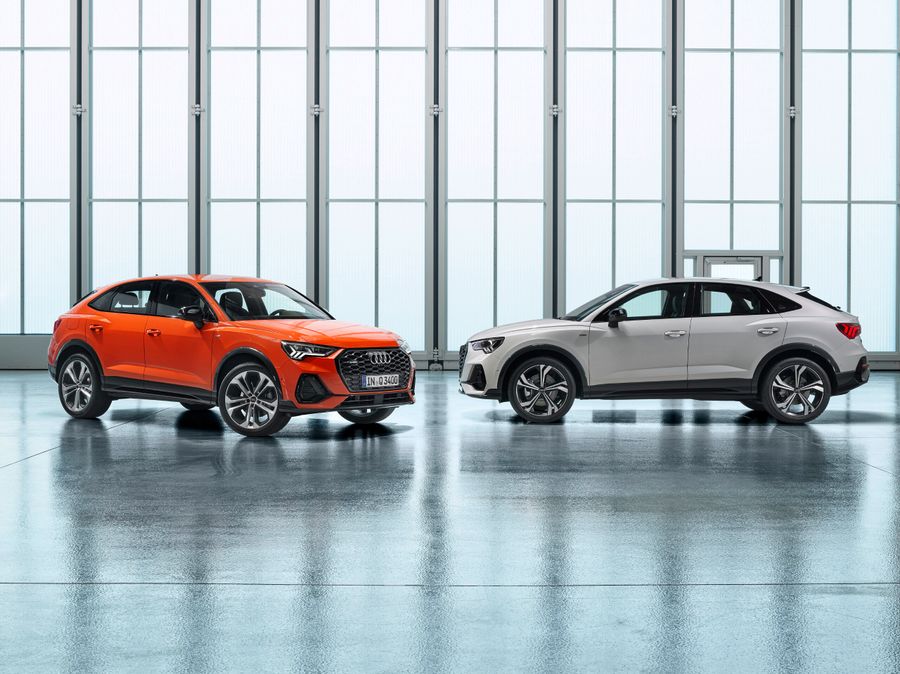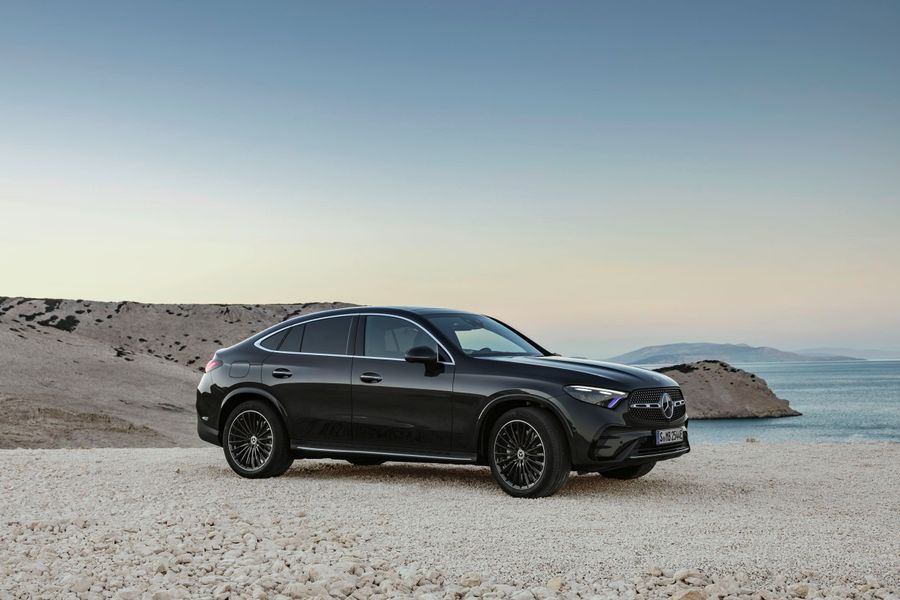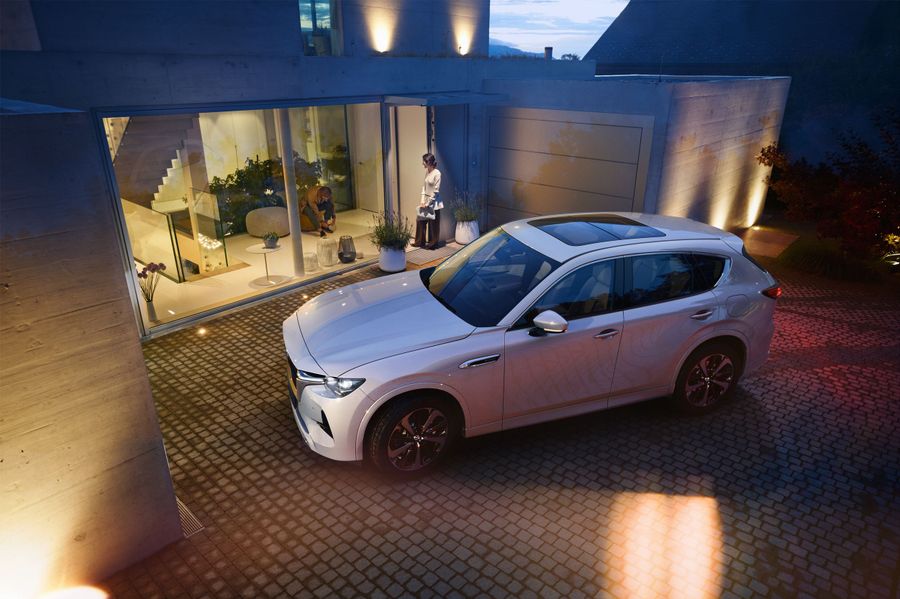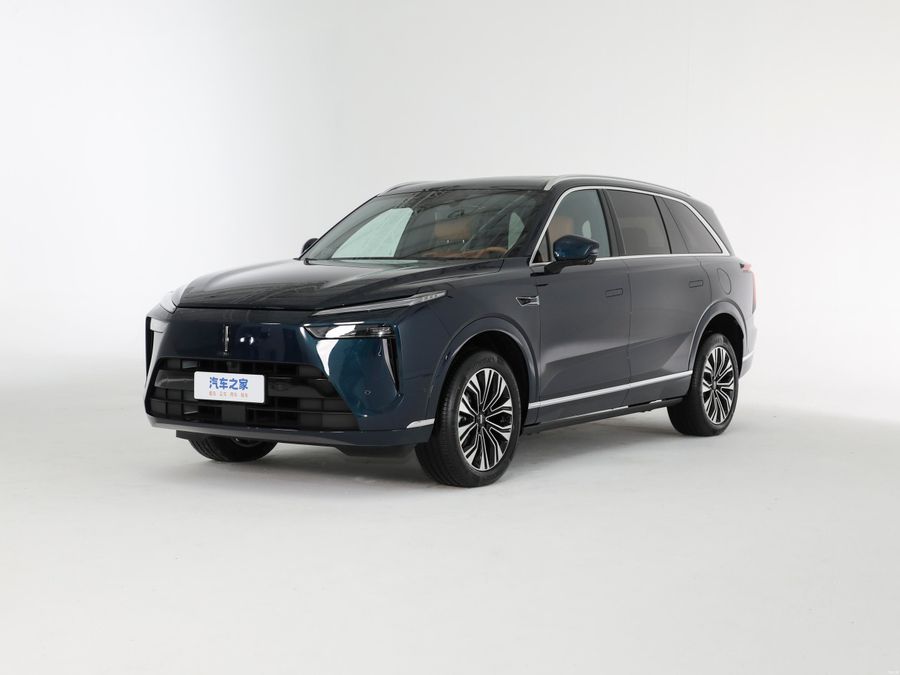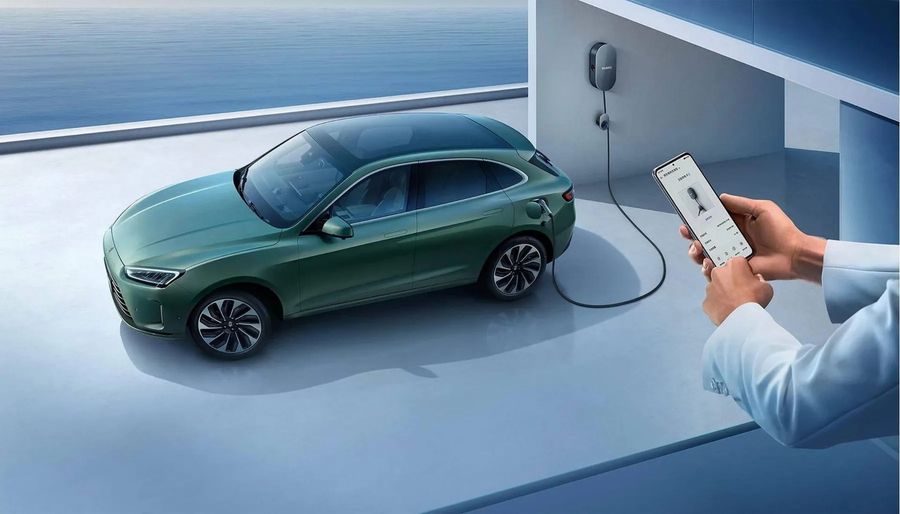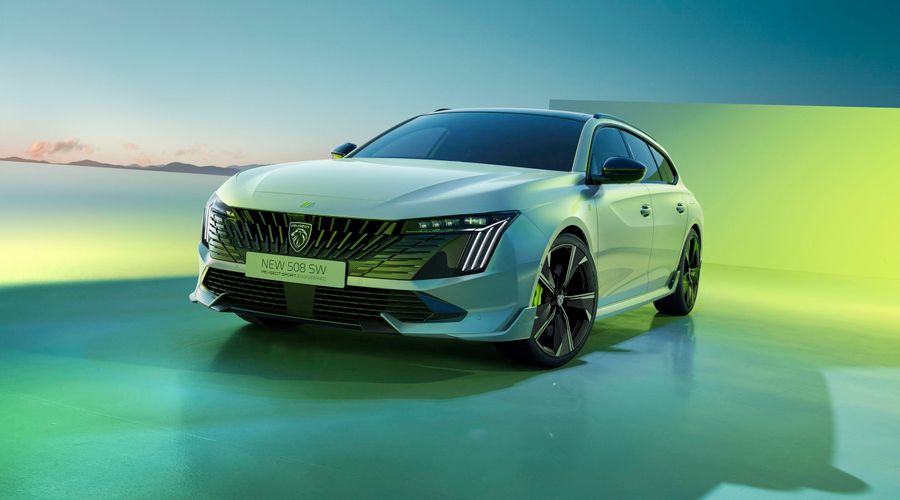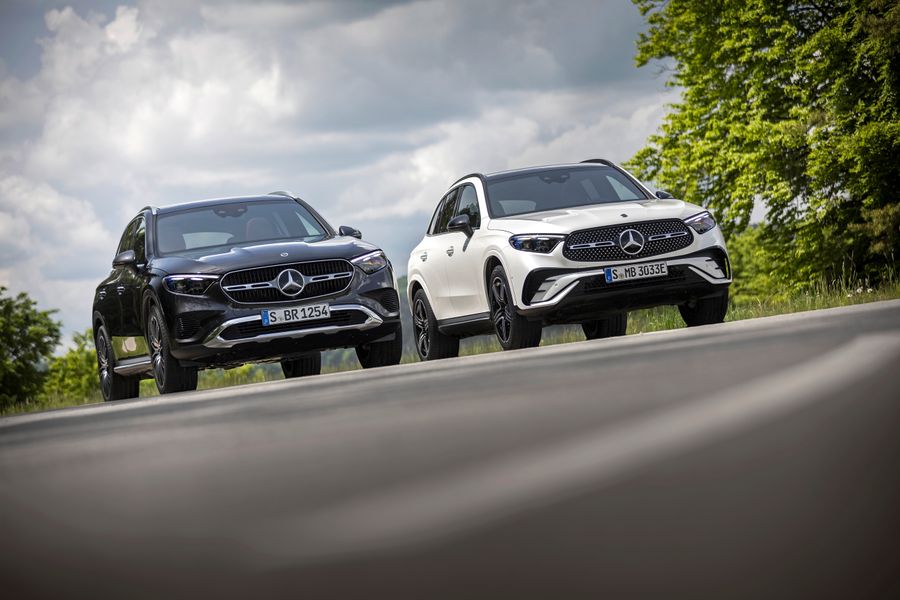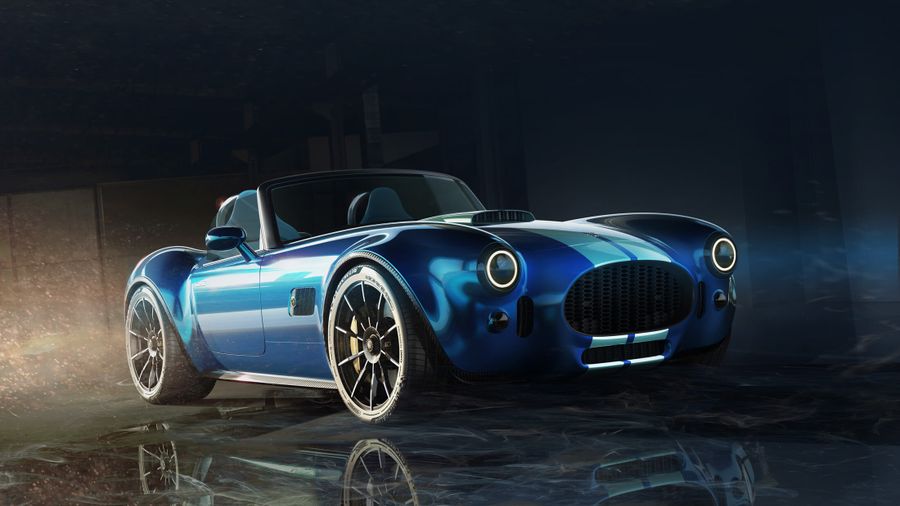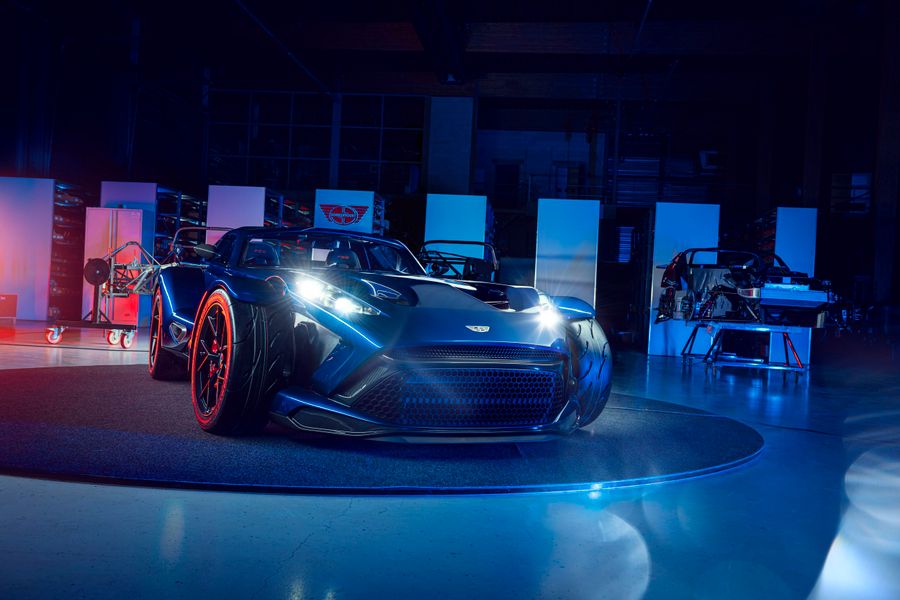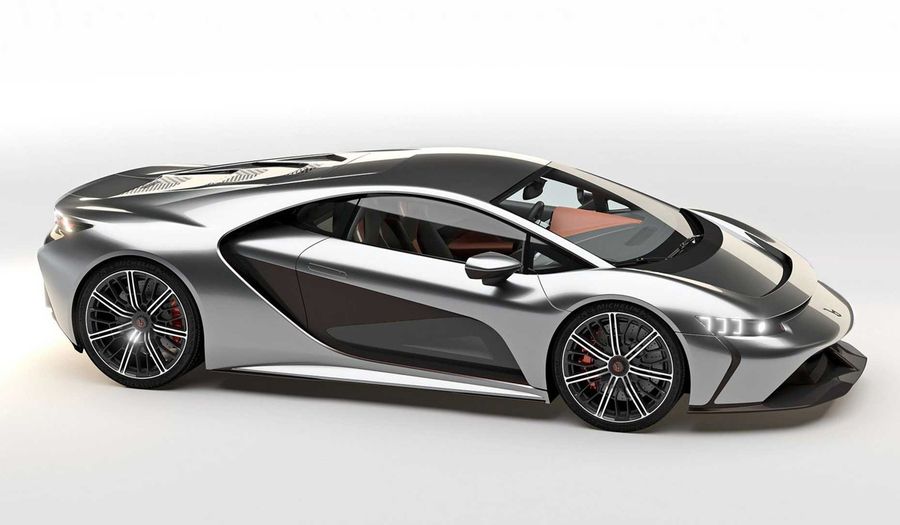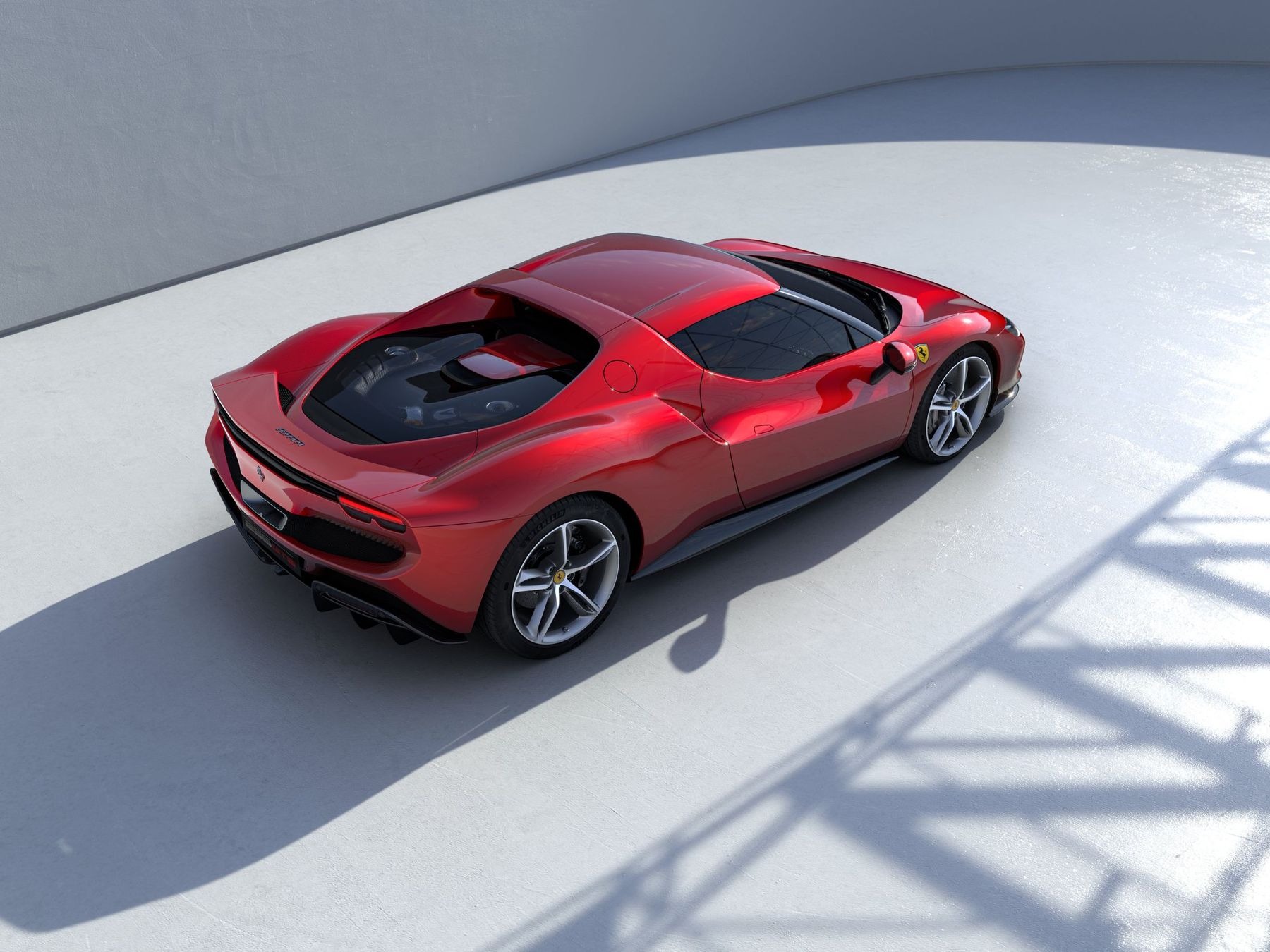
Six cylinders are back
Despite the fact that Ferrari has specially developed a new engine for the 296 GTB and positions the car as ‘the first, real, six-cylinder’. In fact, the new supercar is the successor of the racing and sports cars Ferrari Dino. So the 296 GTB has a long history. The first 6-cylinder engine was developed by Ferrari back in 1956 for a new brand, Dino. In a sense, this was a revolution for Ferrari, since only 12-cylinder engines were installed on cars before that.
Origins
The first V6 was installed on the Dino 156 F2 single-seater racing car, which entered the market in 1957. It was a 1.5-liter engine with 180 hp, accompanied by a four-speed manual transmission. This engine was adapted for Formula 1 and allowed the driver Mike Hawthorne to win at the 1958 Argentine Grand Prix. Later, the V6 with 300 hp was installed on the Dino 196 S and Dino 296 S prototypes, but the idea was unsuccessful. And the manufacturer abandoned 6-cylinder engines for 5 years.
In 1965, a 1.6-liter V6 engine with 175 hp was installed on a new prototype, the Dino 166 P, and it performed very well in the Nürburgring endurance race, where it showed results equal to sports cars with engines three times the size. The next Dino 166 F2 was equipped with a 6-cylinder V-shaped engine with a displacement of 1.6 liters and an output of 220 hp, which was supposed to be launched into serial production and installed on new Ferrari models. The next model to feature such an engine was the Dino 246 GT, which enjoyed some popularity, but its production was discontinued in 1974.
Coming back in 2021
And so, in 2021, the 6-cylinder Ferrari engines came back and they clearly became even more powerful. Since this is a conceptually new 6-cylinder engine, Ferrari has every right to position it as the first. And, anyway, few people remember about some Dino from the middle of the last century.
The new 296 GTB powertrain is a hybrid, based on a 3-liter V6 engine with 663 hp (with a camber angle of 120 degrees). The electric motor between the combustion engine and the transmission adds another 167 hp, so that the total output is up to 830 hp with a maximum torque of 740 Nm. Such a unit accelerates a sports car to 100 km/h in 2.9 seconds, while the maximum speed is 330 km/h. The engine is paired with an 8-speed robotic gearbox.


